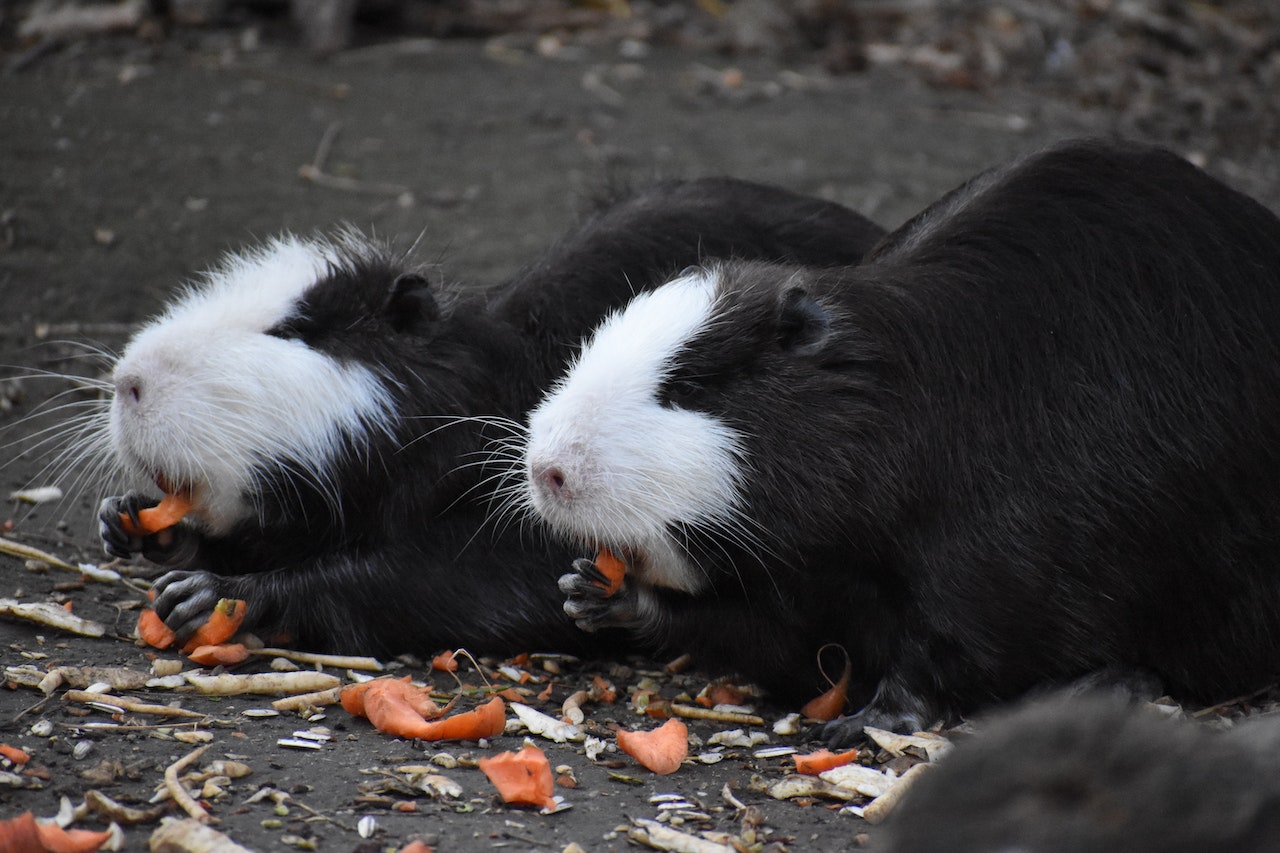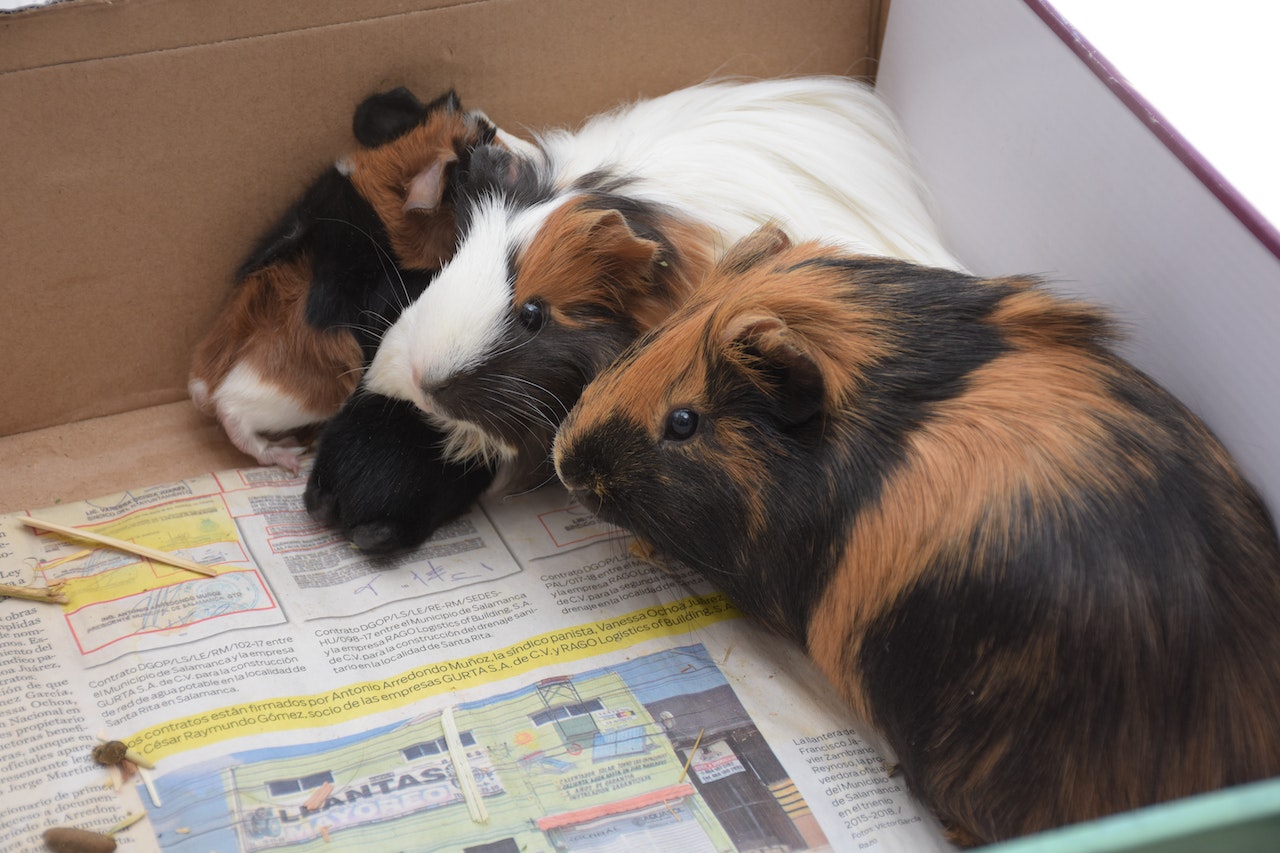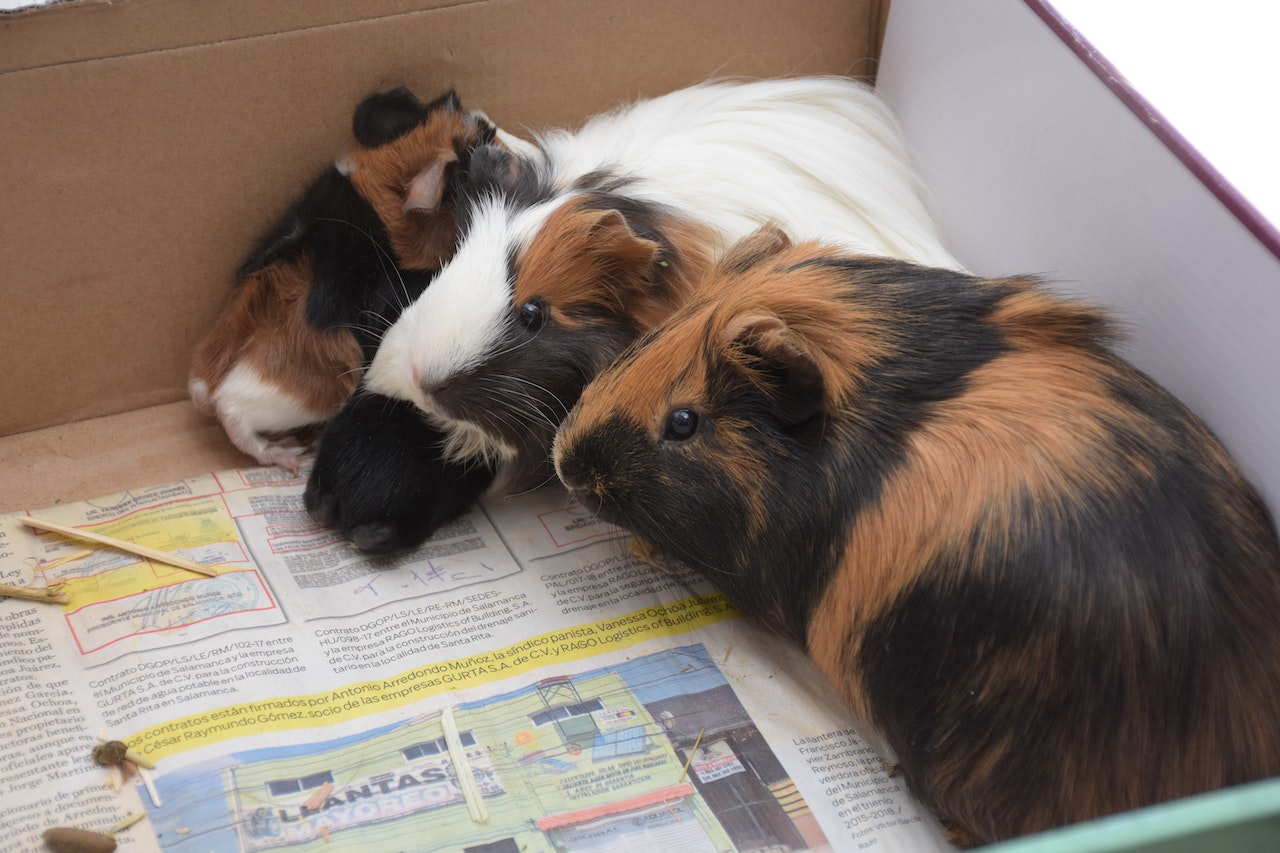
Nasturtiums are trailing annual plant that is easy to grow and possess flowers in various colors (mainly red, orange, or yellow) all summer, it has attractive water lily-like foliage. The scientific name for the nasturtium (Tropaeolum minor) comes from the Greek word meaning "to twine," which is descriptive of some of the 50 species in this genus. This originated from the reaction of people when they tasted the plant's peppery bittersweet taste.
Nasturtium is both a decorative garden annual as well as a useful culinary herb. It provides a peppery flavor similar to watercress, and it is useful as a plant for garden beds as well as, for containers.
Also, Both the leaves and petals of the nasturtium plant are packed with nutrients, however, they are enriched with high levels of vitamin C. These nutrients can improve the immune system, tackling sore throats, coughs, and colds, as well as bacterial and fungal infections for humans. Do they provide such benefits for guinea pigs? Can guinea pigs even eat nasturtium?
Can guinea pigs eat nasturtium?
Yes, guinea pigs can eat nasturtium, but it should only be in moderation. Nasturtiums are colorful edible plants that are suitable for your guinea pigs because of the nutritional benefits enriched in them. They are considered edible and are known for containing a high proportion of vitamin C.
They are also enriched with other vitamins and minerals that can keep your little cavies healthy e.g fiber, antioxidants, calcium, potassium, magnesium, etc. However, there is also a close attachment to this flowery vegetable when feeding it to them. Guinea pigs have sensitive stomachs, and too much of any food molecules may cause stomach upset or any form of health problem. Hence, as a pet owner, you need to watch out for the amount of nasturtium you serve to your little cavies.

What is the standard proportion of feeding nasturtium to guinea pigs?
Nasturtium is an edible and pretty colorful flower, however, when it gets to the aspect of feeding it to your little cavies, you should be essentially careful with it. This is because guinea pigs eat a lot, and the wrong proportion of their feeding serving or size may result in digestive issues for these guinea pigs, therefore, they should stick to their recommendations. 1-2 nasturtium leaves or a few or small amounts of leaves or flowers should be given to your little cavies once or twice a week. Just be sure it is a fresh and raw leaf and also has been thoroughly washed before feeding it to your little cavies.
Remember, if you are feeding nasturtium to your guinea pigs for the first time, it should be relatively fed in tiny amounts in other to see how they will react. If you notice no allergy reaction, then you can increase their dosage a little more. However, if you notice an allergy reaction consult your veterinarian and also do not try to feed it to them next time.
What are the health benefits of feeding nasturtium to Guinea pigs
Nasturtium leaves are a type of flowery plant that is enriched with a decent amount of beneficial nutrients, though the bittersweet taste of this plant makes it a debatable topic for guinea pigs. Nevertheless, they contain nutrients that can help their health improve, and these are some of the lists of their health benefit.
Vitamins enrichment
Guinea pigs are one of the special types of pets that can not manufacture their vitamin C, therefore, they depend on all kinds of food enriched with this particular nutrient to survive. Fortunately, nasturtium contains a high amount of vitamin C, which is important in preventing a general disease of guinea pigs called scurvy. They are also helpful in boosting their immune system. They also contain other vitamins like vitamins A and E. These vitamins work with other nutrients like antioxidants to promote healthy skin and eyesight, fight anti-aging and help to destroy free radicals that cause cancerous damage in their body system.
Rich in potassium
Potassium is essential for your little cavy since it helps to build stronger muscles, they also help to reduce muscle pain and increase the activities of your little cavies. Potassium also helps with proper electrolyte balance in the guinea pig's body
Contain low calories and fats
Nasturtium possesses low calories and fats, which helps your little cavies to reduce the risk of weight gain. They are also enriched with protein and carbs, which serves as a source of energy for pets. The fiber in the leaves also aids in proper digestion

Possible health risks of feeding leave to guinea pigs
Yes, guinea pigs can benefit from a lot of nutrients from nasturtium leaves, however, you will also see their leaf causing a lot of damage to their body system when it is overfed. These are some of the possible health risks nasturtium can cause to your pets.
Kidney or bladder stone
There is usually a high tendency for your guinea pigs to suffer from urinary damage especially kidney or bladder stones after eating nasturtium leaves. This is because their leaves are also enriched with high calcium content, and this may be useful for pregnant and growing guinea pigs since they require calcium. However, it will cause a lot of damage to adult guinea pigs because they won't be able to properly utilize them. Hence, they are stored as stones in their body.
Digestive problem
Nasturtium is enriched with a high proportion of vitamin C. Although they need this particular nutrient, too much of it in guinea pigs' sensitive stomachs may result in a lot of damage. Some of the symptoms attached to excess vitamin C in guinea pigs' body system are fatigue, joint pains, bleeding gums, etc
Conclusion
Nasturtium is a colorful flower plant that does not possess any toxic substances and this makes them suitable for guinea pigs, but only in moderation. This is because the amount of calcium and vitamin C present in them can cause detrimental health risks to your little cavies. However, if you follow the standard proportion of feeding these plants to your cavies, they will offer various health benefits for your pets. Other information regarding these plants has also been discussed above



